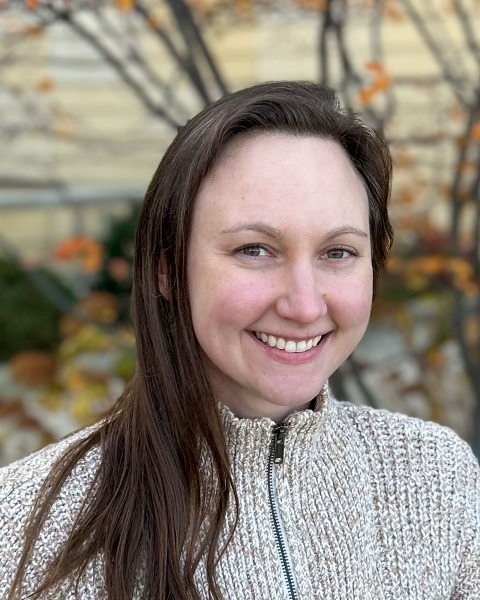Interventional Oncology
Targeting for Transcostal Histotripsy: Effect of Intervening Ribs on Treatment Zone Size

Katrina L. Falk, MS (she/her/hers)
Graduate Research Fellow
University of Wisconsin MadisonDisclosure information not submitted.

Meridith A. Kisting, MA (she/her/hers)
Research Assistant
University of Wisconsin Hospitals and Clinics- JW
Jim White, BME
Lab Manager
University of Wisconsin - Madison - FL
Fred T. Lee, Jr., MD
Professor
University Of Wisconsin 
Timothy J. Ziemlewicz, MD
Professor of Radiology
University of Wisconsin Hospital and Clinics- MS
Michael A. Speidel, PhD
Associate Professor
University of Wisconsin-Madison 
Martin G. Wagner, PhD
Assistant Professor
University of Wisconsin Madison
Paul F. Laeseke, MD, PhD
Assistant Professor
University of Wisconsin
Presenting Author(s)
Author/Co-author(s)
Histotripsy is an emerging non-thermal, non-invasive and non-ionizing focused ultrasound (US) therapy for treating intra-abdominal tumors. Currently, histotripsy targeting is performed using an integrated diagnostic US transducer, which largely limits treatments to a subcostal approach due to the acoustic attenuation of the ribs. Alternative imaging modalities, including cone-beam CT, are being developed to enable transcostal treatment of tumors not well visualized on US. An understanding of the effect of ribs and accompanying intercostal tissue on the histotripsy treatment zone is critical for accurate transcostal targeting. This work aims to characterize the effect of intervening ribs and intercostal tissue on the size of the treatment zone.
Materials and Methods:
Acoustic cavitation was achieved using a 700kHz multi-element therapy transducer (HistoSonics, Inc.) with a coaxially aligned US probe (5C1e Curved Array, BK Medical). A 20 cm long section of excised ribs and connected soft tissues from a healthy swine was encased in 1.5% agar and submerged in a degassed water bath (20x12.5x9.5 cm). The transducer was centered above an intercostal space. Four treatment zones were created in the agar, each 2.5 cm in diameter and the top of the planned treatment zone located 0.5 cm below the tissue. Four treatments in agar cubes without any tissue were used as a control. The rib phantom (Rib) and agar cubes (Control) were dissected to compare 3 diameters of the treatment zones (X,Y,Z). The effect of intervening ribs on the location of the treatment zone was determined for the Rib group as the difference between actual and targeted distance from tissue to the top of the treatment zone with positive being further from the ribs/transducer. Statistical significance was determined using unpaired t-tests.
Results:
Cavitation zones occurred in all treatments. Table 1 provides the 3 diameters of the treatment zone (X, Y, Z). The X, Y and Z diameters for the Rib treatments were 2.4±0.2, 2.5±0.2, and 2.5±0.1 cm (average +/- standard deviation), compared to 2.4±0.1, 2.4±0.1, and 2.4±0.1cm for the Control (Table 1). There were no statistically significant differences in diameters between the rib and control zones. The greatest translation was 0.06 cm away from the transducer.
Conclusion:
In this model, intervening ribs and intercostal tissue did not cause significant changes in histotripsy treatment zone size.

.png)
.png)
.jpg)
.png)
.png)
.png)
.jpg)
.jpg)
.png)